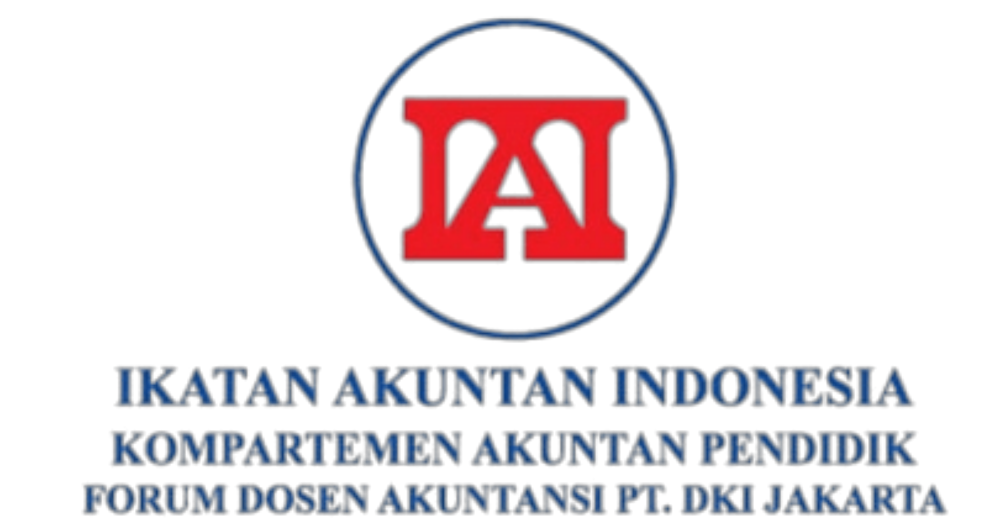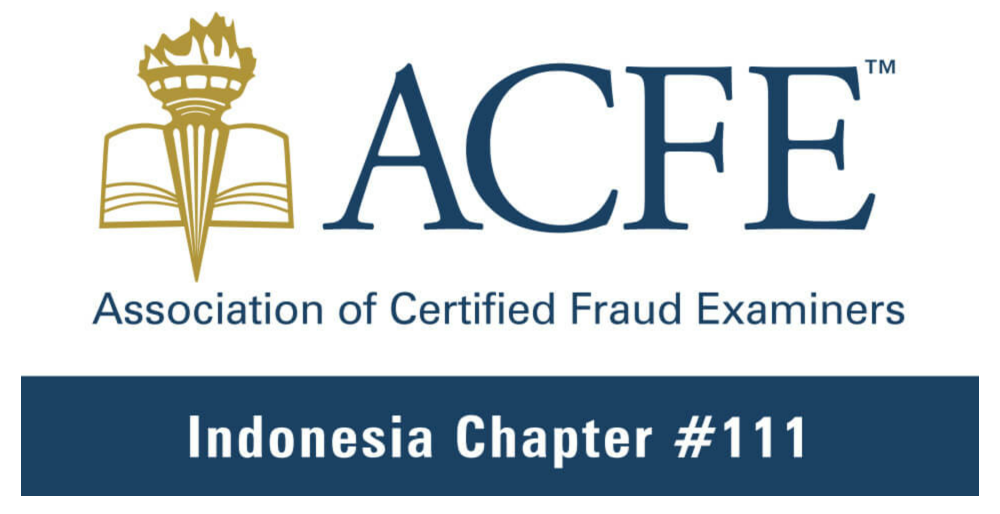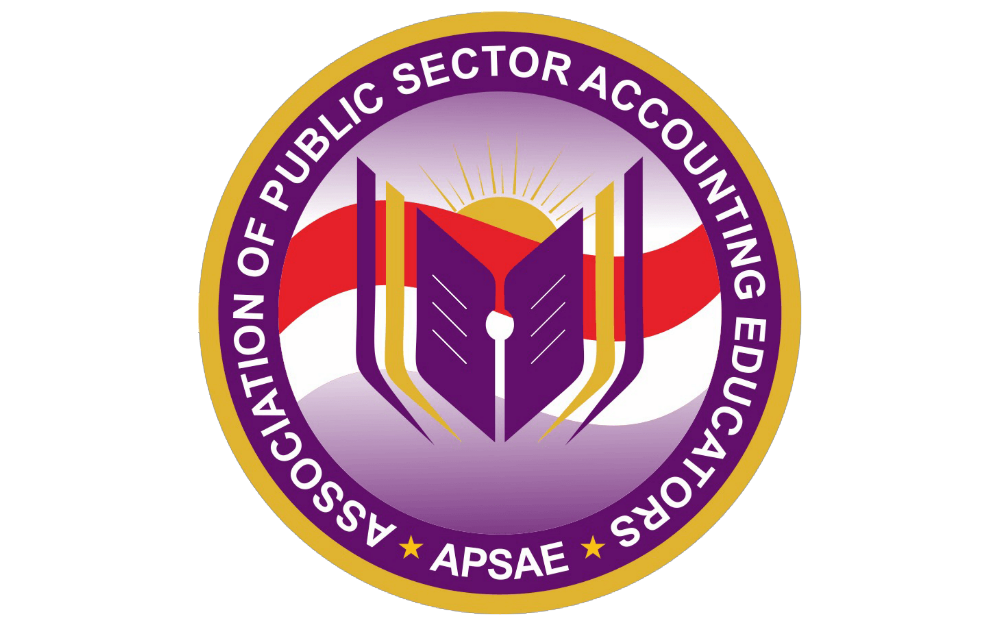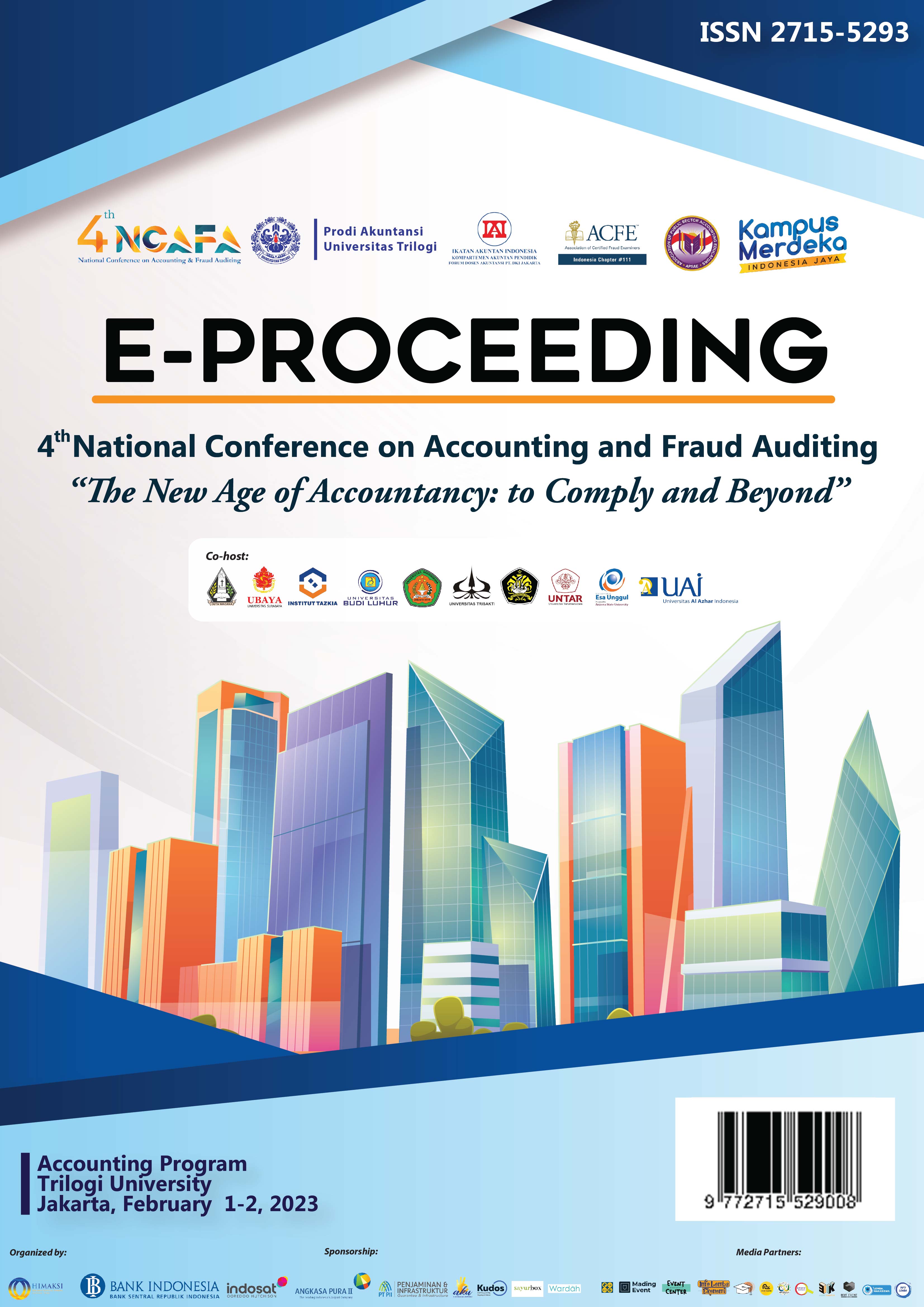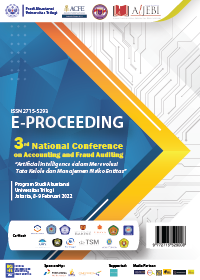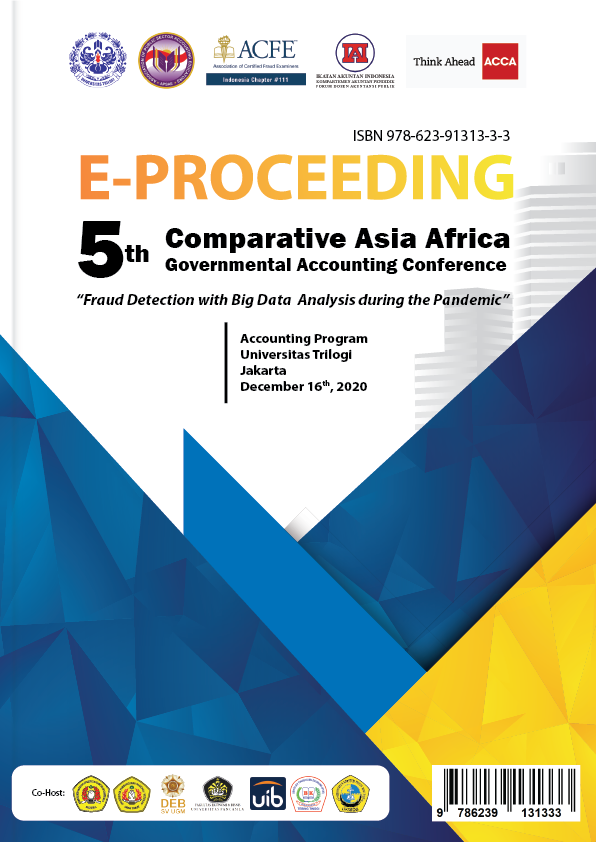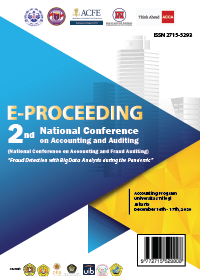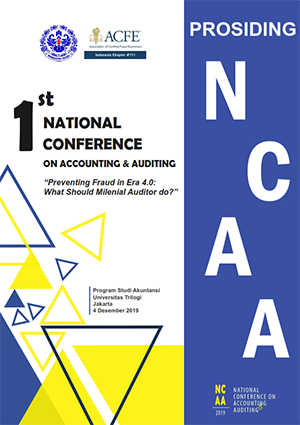STRATEGIC COST MANAGEMENT: TARGET COSTING DENGAN METODE ABC UNTUK MENINGKATKAN KEUNGGULAN BERSAING (STUDI KASUS PADA PT. HARI FATMA)
Abstract
This study aims to design strategic cost management that integrates target costing with the ABC (activity-based costing) method to increase competitive advantage in traditional herbal medicine producers, namely PT. Fatma Day. This research uses a qualitative descriptive analysis method that examines real objects directly using the collected data and provides conclusions on the final results. The data sources used are primary and secondary data. Data sample collection techniques through interviews, observation, and documentation. Determination of the object of research using purposive sampling techniques on one of the traditional herbal products that has a lot of demand, namely the type of herbal medicine for treatment and healing. The results of this study prove that the combination of target costing and activity-based costing can reduce drifting costs so that they do not exceed or at least equal to the predetermined allowable costs. The decrease in drifting costs resulted in an increase in revenue obtained by the company. Target costing is proven to help companies increase their competitive advantage through value engineering and continuous improvement stages that provide product design improvements, material specification changes, and process modifications along with cost efficiency.
Keywords: Strategic cost management, analisis SWOT, target costing, activity-based costing, competitive advantage
Full Text:
PDFReferences
Blocher, E. J., David E. S., and Gary C. (2011). Manajemen biaya: Pendekatan
Creswell, J.W. (2014). Pendekatan kualitatif & desain riset: Memilih di antara lima pendekatan. (Alih bahasa Qudsy, A.L.)Yogyakarta : Pustaka Pelajar.
Dahlia, L., Novita, N., & Azka, A. (2023). Pendampingan Penguatan Daya Saing UMKM Forkom Desa Wisata Bali Melalui Strategi Biaya Produksi. JURPIKAT (Jurnal Pengabdian Kepada Masyarakat), 4(1), 85-98. https://doi.org/10.37339/jurpikat.v4i1.1105
David, F.R. (2011). Manajemen strategis: Konsep. Jakarta : Salemba Empat
Desmaryani, S dan Hamka. 2009. Metodologi Penelitian Ilmiah. Bandung: Alfabeta.
Febrina, F., & Rachmawati, N. A. (2023). Diversity of Book-Tax Conformity in Asean 4: Philippines, Indonesia, Malaysia, and Singapore. Jurnal Akuntansi dan Bisnis, 23(1).
Fitria, S. M., & Novita, N. (2020). Six Sigma Sebagai Strategi Bisnis Dalam Upaya Peningkatan Kualitas Produk. Jati: Jurnal Akuntansi Terapan Indonesia, 3(1), 1- 14. https://doi.org/10.18196/jati.030121
Hansen, D.R. & Mowen, M.M. (2012). Akuntansi manajerial, Buku 1. (Alih bahasa Kwary, D.A.) Jakarta : Salwmba Empat.
Horngren, C.T., Datar, S.M., & Rajan, M.V. 2012. Cost accounting: A managerial emphasis, Fourteenth edition. Pearson Education : Prentice Hall.
Kaplan, R.S. and Norton, D.P. 2001. The strategy-focused organization: How balanced scorecard companies thrive in the new business environment. Harvard Business School Publishing Corporation : United States of America.
Lastiati, A., Siregar, S. V., & Diyanty, V. (2020). Tax Avoidance and Cost of Debt: Ownership Structure and Corporate Governance. Pertanika Journal of Social Sciences & Humanities, 28(1).
Malue, J. 2013. “Analisis Penerapan Target Costing sebagai Sistem Pengendalian Biaya Produksi Pada PT. Celebes Mina Pratama.” Jurnal EMBA. 1(3), 949-957.
Martusa, R., & Adie, A.F. 2011. “Peranan Activity Based Costing System dalam Harga Pokok Produksi Kain yang Sebenarnya untuk Penetapan Harga Jual.” Akurat Jurnal Ilmiah Akuntansi. (4).
Nazir, M. (2014). Metode penelitian. Bogor : Penerbit Ghalia Indonesia.
Pazarceviren, S.Y., & Celayir, D. 2013. “Target Costing Based on The Activity Based Costing Method and A Model Proposal.” European Scientific Journal. 4, 1857-7881.
Pearce II, J. A. & Robinson, R. B. 2011. Strategic management : Formulation, implementation and control, Twelfth edition. New York : Mc Graw Hill
Poerhadiyanto. D. 2015. ”Strategic Cost Management: Improving Efficiency
Porter, M.E. 2008. “The Five Competitive Forces That Shape Strategy”. Harvard Business Review.
Rachmawati, N. A., & Martani, D. (2014). Pengaruh large positive abnormal book-tax differences terhadap persistensi laba. Jurnal Akuntansi dan Keuangan Indonesia, 11(2), 1.
Rachmawati, N. A., & Martani, D. (2017). Book-tax conformity level on the relationship between tax reporting aggressiveness and financial reporting aggressiveness. Australasian Accounting, Business and Finance Journal, 11(4), 86-101.
Rachmawati, N. A., Gani, L., & Rossieta, H. (2017). Loyalitas nasabah dan kinerja perBankan di indonesia. Jurnal Keuangan dan Perbankan, 21(1), 144-156.
Rachmawati, N. A., Ramayanti, R., & Setiawan, R. (2021). Tingkat Kesadaran dan Kesiapan Pelaku Umkm Dalam Menyusun Laporan Keuangan dan Pajak. Jurnal Akuntansi dan Bisnis, 21(2).
Rachmawati, N. A., Utama, S., & Siregar, S. V. N. P. (2020a). Persistensi Laba Antar Level Kompetisi Industri: Studi Empiris pada Perusahaan Amerika Serikat. Jurnal Akuntansi dan Bisnis, 20(1), 1-16.
Rachmawati, N. A., Utama, S., Martani, D., & Wardhani, R. (2019). Determinants of the complementary level of financial and tax aggressiveness: a cross-country study. International Journal of Managerial and Financial Accounting, 11(2), 145-166.
Rachmawati, N. A., Utama, S., Martani, D., & Wardhani, R. (2020b). Do country characteristics affect the complementary level of financial and tax aggressiveness?. Asian Academy of Management Journal of Accounting & Finance, 16(1).
Rachmawati, N. A., Utama, S., Martani, D., & Wardhani, R. (2023). Complementary level of financial and tax aggressiveness and the impact on cost of debt: A cross-country study. South African Journal of Accounting Research, 37(3), 161-176.
Ramadhani, A., & Novita, N. (2021, August 26). Target Costing sebagai Upaya Meningkatkan Keunggulan Bersaing UMKM melalui Kemitraan Marketplace. Ramadhani | Prosiding BIEMA (Business Management, Economic, and Accounting National Seminar). https://conference.upnvj.ac.id/index.php/biema/article/view/1758
Ramayanti, R., Rachmawati, N. A., Azhar, Z., & Azman, N. H. N. (2023). Exploring intention and actual use in digital payments: A systematic review and roadmap for future research. Computers in Human Behavior Reports, 100348.
Rangkuti, F. (2011). SWOT balanced scorecard: Teknik menyusun strategi korporat yang efektif plus cara mengelola kinerja dan risiko. Jakarta : PT Gramedia Pustaka Utama.
Reeve, J.M. 2000. Readings and issues in cost management, Second Edition. Canada : South-Western College Publishing.
Sahri, N. A., & Novita. (2019). Kaizen Costing Sebagai Perbaikan Berkelanjutan Untuk Meningkatkan Keunggulan Bersaing Pada E-Commerce. Jurnal Kajian Akuntansi, 3(1), 18–43.
Shank, J.K. & Govindarajan, V. 2000. Strategic cost management and the value chain, Second edition. Thomson Learning : South-Western College Publishing.
Soraya, L. R., & Rachmawati, N. A. (2021). Determinats Of The Amount Of Related Party Transaction: Tax Expense And Institutional Ownership. Jurnal Reviu Akuntansi Dan Keuangan, 11(1), 30-39.
strategi, Buku 1, Edisi Ke-5. (Alih bahasa David Wijaya) Jakarta : Salemba Empat.
strategi, Buku 2, Edisi Ke-5. (Alih bahasa David Wijaya) Jakarta : Salemba Empat.
Sugiyono. 2005. Metode penelitian administrasi. Bandung : Alfabeta.
Wahyuni, R. S., & Novita, N. (2021). COSO ERM Framework as the Basis of Strategic Planning in Islamic Banking. Jurnal Keuangan dan Perbankan, 25(1), 21-35.
Widarsono, A. 2009. “Strategic Value Chain Analysis”. Jurnal Ilmiah UPI.
Witjaksono, A. (2006). Akuntansi Biaya, Edisi pertama. Yogyakarta : Graha Ilmu
Yudhistiro, S. F. 2015. “Implementasi Konsep Value Chain pada PT. Garuda Indonesia (Persero) Tbk”. Jurnal Ilmiah STAN.
Zamzami, M., & Novita, N. (2021). Apakah Gemba Kaizen Mampu Meningkatkan Kinerja Nonkeuangan Perguruan Tinggi?. Jurnal Akuntansi Multiparadigma, 12(1), 207-220.
DOI: https://doi.org/10.31326/.v5i1.1981
Refbacks
- There are currently no refbacks.

